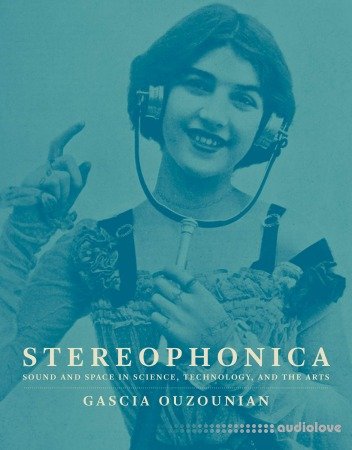Stereophonica: Sound and Space in Science, Technology, and the Arts

Episodes in the transformation of our understanding of sound and space, from binaural listening in the nineteenth century to contemporary sound art.
The relationship between sound and space has become central to both creative practices in music and sound art and contemporary scholarship on sound. Entire subfields have emerged in connection to the spatial aspects of sound, from spatial audio and sound installation to acoustic ecology and soundscape studies. But how did our understanding of sound become spatial? In Stereophonica, Gascia Ouzounian examines a series of historical episodes that transformed ideas of sound and space, from the advent of stereo technologies in the nineteenth century to visual representations of sonic environments today.
Developing a uniquely interdisciplinary perspective, Ouzounian draws on both the history of science and technology and the history of music and sound art. She investigates the binaural apparatus that allowed nineteenth-century listeners to observe sound in three dimensions; examines the development of military technologies for sound location during World War I; revisits experiments in stereo sound at Bell Telephone Laboratories in the 1930s; and considers the creation of "optimized acoustical environments" for theaters and factories. She explores the development of multichannel "spatial music" in the 1950s and sound installation art in the 1960s; analyzes the mapping of soundscapes; and investigates contemporary approaches to sonic urbanism, sonic practices that reimagine urban environments through sound.
Rich in detail but accessible and engaging, and generously illustrated with photographs, drawings, maps, and diagrams of devices and artworks, Stereophonica brings an acute, imaginative, and much-needed historical sensibility to the growing literature around sound and space.
Home page
DOWNLOAD
